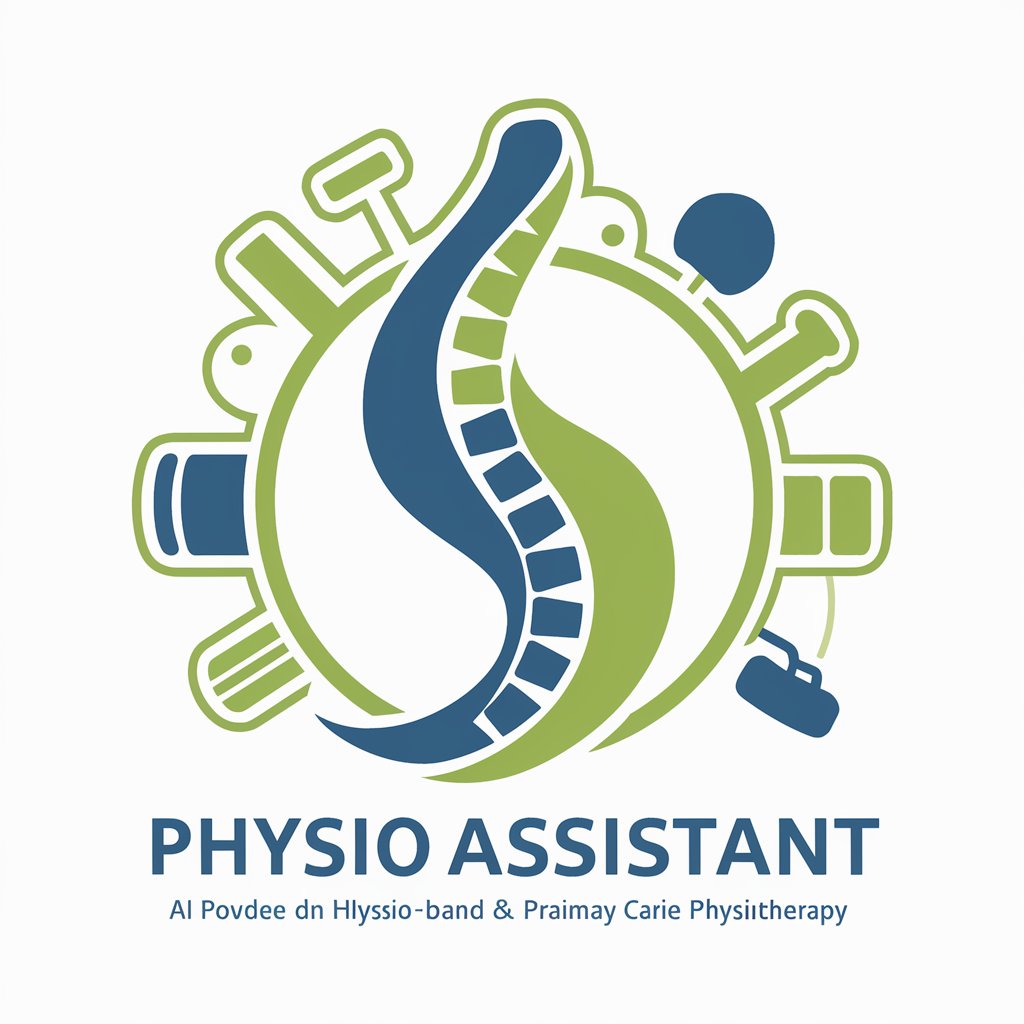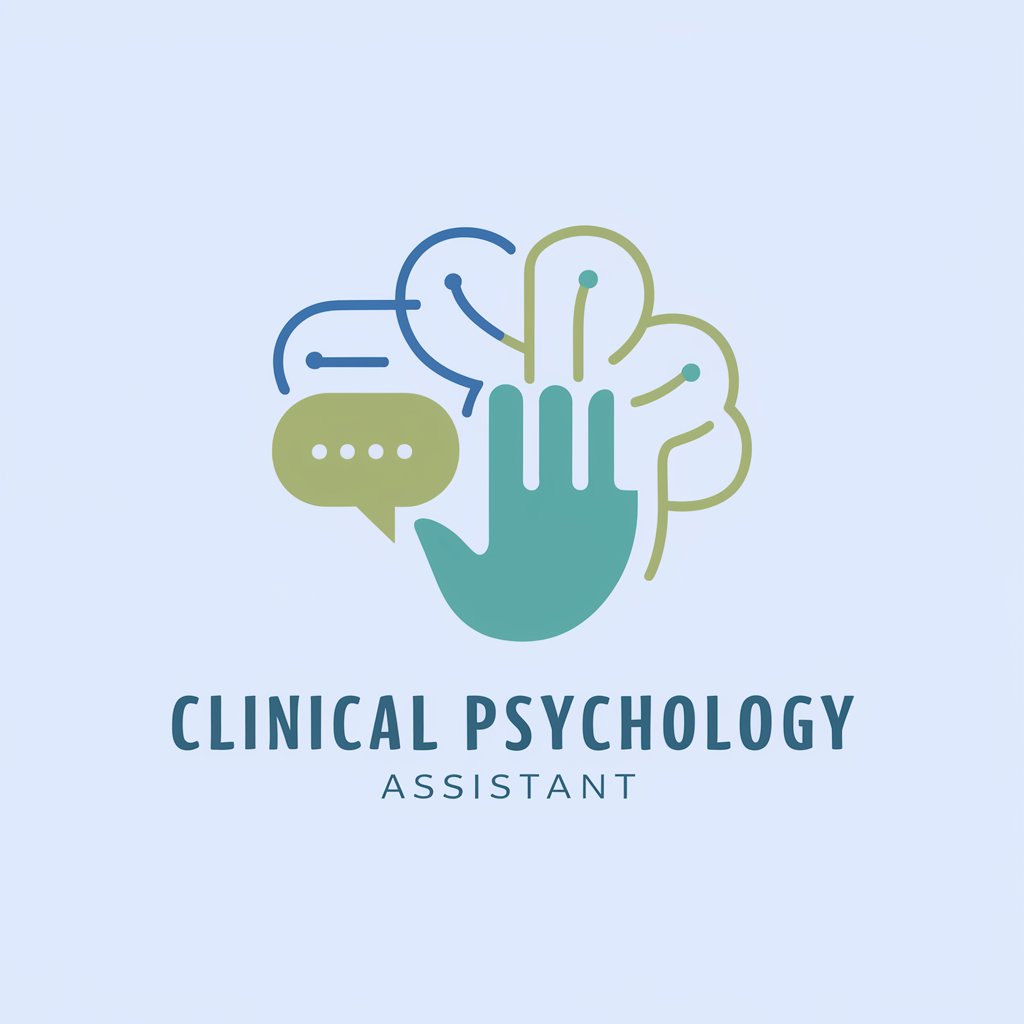
Speech-Language Pathologist Helper-AI SLP Assistant
AI-powered SLP: Personalized therapy materials instantly
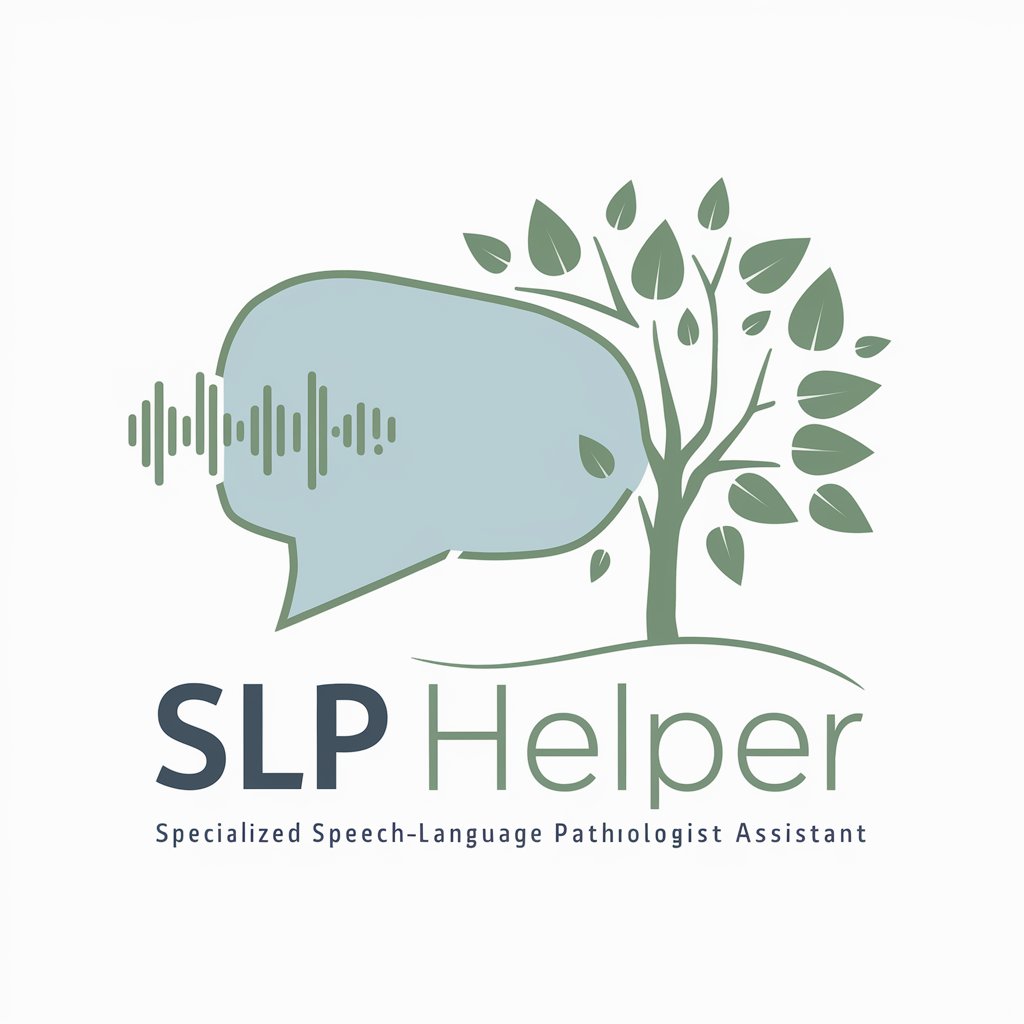
An SLP assistant for creating personalized therapy materials.
Generate a social story for a 7-year-old with autism.
Create a 's' sound vocab list for a 5-year-old.
Design an articulation activity for a teenager.
Suggest a language game for a child with Down syndrome.
Get Embed Code
Speech-Language Pathologist Helper Overview
TheSpeech-Language Pathologist Helper Speech-Language Pathologist Helper (SLP Helper) is a comprehensive tool designed to assist professionals in the field of speech-language pathology. It serves as both a digital assistant and a knowledge repository, streamlining the process of assessment, diagnosis, treatment planning, and progress tracking for patients with various speech, language, cognitive-communication, and swallowing disorders. This tool is developed with the intention of reducing the administrative workload for speech-language pathologists (SLPs), enhancing the precision of diagnostic tools, and providing a centralized platform for client management. Examples of the SLP Helper’s practical use include: 1. Assisting a pediatric speech-language pathologist by generating age-appropriate assessment reports based on initial evaluations of a child with speech delays. 2. Helping an SLP track the progress of a patient with aphasia by providing easy-to-use tools for documenting treatment goals and adjustments to therapy approaches. By facilitating these processes, the SLP Helper ultimately enhances the efficiency of SLPs in their clinical environments.
Core Functions of the SpeechSLP Helper overview-Language Pathologist Helper
Patient Assessment & Evaluation
Example
A clinician uses the SLP Helper to evaluate a 5-year-old child with speech delays by selecting from a pre-configured set of speech assessments, such as the Clinical Evaluation of Language Fundamentals (CELF). The software automatically generates a detailed report based on the results of the assessment, including suggestions for therapy strategies.
Scenario
In a scenario where an SLP needs to assess a new patient, they would input the patient’s demographic information, the specific area of concern (e.g., articulation, language comprehension, etc.), and the system would recommend a list of relevant standardized tests. After the tests are completed, the SLP can use the software to document results and track progress over time.
Treatment Planning & Goal Setting
Example
An SLP working with an adult patient recovering from a stroke uses the SLP Helper to generate personalized treatment goals for improving communication. The system allows the SLP to choose appropriate intervention methods (e.g., word retrieval exercises) and schedule therapy sessions while documenting any changes or modifications.
Scenario
In the case of a person with a stutter, the SLP Helper can create a specific goal for the patient, such as improving fluency during casual conversation. Based on the patient’s current progress, the tool can suggest suitable exercises, track their completion, and help modify the goals if necessary based on weekly sessions.
Progress Monitoring & Reporting
Example
A pediatric SLP working with a child diagnosed with developmental language disorder uses the SLP Helper to track the child's progress over time. The software automatically updates the patient's records with the outcomes from each session, generating weekly or monthly reports that highlight improvements or areas that need more focus.
Scenario
For a child undergoing speech therapy for articulation, the SLP Helper tracks the progress of specific sounds that the child is learning. After each session, the clinician can document the child’s success rate in producing those sounds and the software adjusts the difficulty of future exercises accordingly, providing detailed progress reports for parents or guardians.
Target Users of Speech-Language Pathologist Helper
Speech-Language Pathologists (SLPs)
SLPs are the primary users of the Speech-Language Pathologist Helper. The tool is designed to assist them in streamlining their workflow, from assessment to treatment and progress monitoring. The SLP Helper saves valuable time by automating routine tasks, such as generating reports and updating patient records. It also aids in the decision-making process by offering evidence-based treatment suggestions, improving the quality of care provided to patients. SLPs specializing in pediatric, adult, or geriatric populations can tailor the tool's features to their specific needs.
Clinical Administrators & Support Staff
Clinical administrators, office managers, and support staff in speech therapy clinics or hospital settings can benefit from the Speech-Language Pathologist Helper as it streamlines appointment scheduling, patient documentation, and reporting. The tool’s centralized platform for patient information allows for better coordination between SLPs and administrative staff, reducing the risk of scheduling conflicts and ensuring that patient progress is consistently tracked. This helps clinics improve operational efficiency and provide better overall service to patients.
Students and Early-Career Speech-Language Pathologists
Students in speech-language pathology programs or newly graduated SLPs can utilize the Speech-Language Pathologist Helper as an educational tool to develop their clinical skills. It provides structured frameworks for conducting assessments, setting goals, and tracking progress, which can serve as valuable guidance during early practice. The software’s evidence-based recommendations and user-friendly interface also make it easier for novice clinicians to create effective treatment plans and learn how to document patient progress accurately.
Parents and Caregivers
Although not the direct users of the tool, parents and caregivers of children or adults receiving speech therapy can benefit indirectly. They can receive detailed progress reports generated by the SLP Helper, which help them stay informed about the patient’s development. The software can also provide suggestions for home-based activities to reinforce speech therapy goals, helping caregivers support the patient’s progress outside of therapy sessions.
How to use Speech-Language Pathologist Helper
Visit aichatonline.org for a free trial without login, also no need for ChatGPT Plus.
Open the site to access an immediate, no-signup trial so you can try features and outputs before committing to an account or subscription.
Prepare client profile and prerequisites
Gather basic client details (age, diagnosis/diagnoses, language(s), cognitive level, therapy goals, preferred materials). Ensure a modern browser, stable internet, and any assessment reports you want the tool to reference.
Create or select a therapy template and customize
Choose from templates (social stories, articulation word lists, language lesson plans, AAC prompts, fluency strategies). Enter client-specific info, target phonemes/goals, session length, and difficulty level; then review and edit the generated content to match your clinical judgement.
Use in session, export, and track progress
Deliver the materials live or share printable/slide/CSV exports. Log outcomes and use the tool to generate next-step plans or progress notes. IntegrateSpeech-Language Pathologist Helper outputs into your existing workflows—consider using slp.tools for workflow automation, scheduling, and progress dashboards.
Optimize usage with best practices
Provide concise, specific prompts (clear goals, examples of desired tone/reading level). Validate generated materials for cultural/clinical fit. Upload sample audio or assessment snippets when available. Keep confidentiality in mind and anonymize sensitive data before uploading. Iterate quickly—small prompt tweaks produce large changes.
Try other advanced and practical GPTs
C 语言助手
AI-driven assistance for C programming

SQL Server 資料庫專家
AI-powered SQL Server expert for query tuning and schema guidance

医学研究助手
AI-powered companion for safer, clearer medical research

GPTofGPTs
AI-powered solutions for every need.
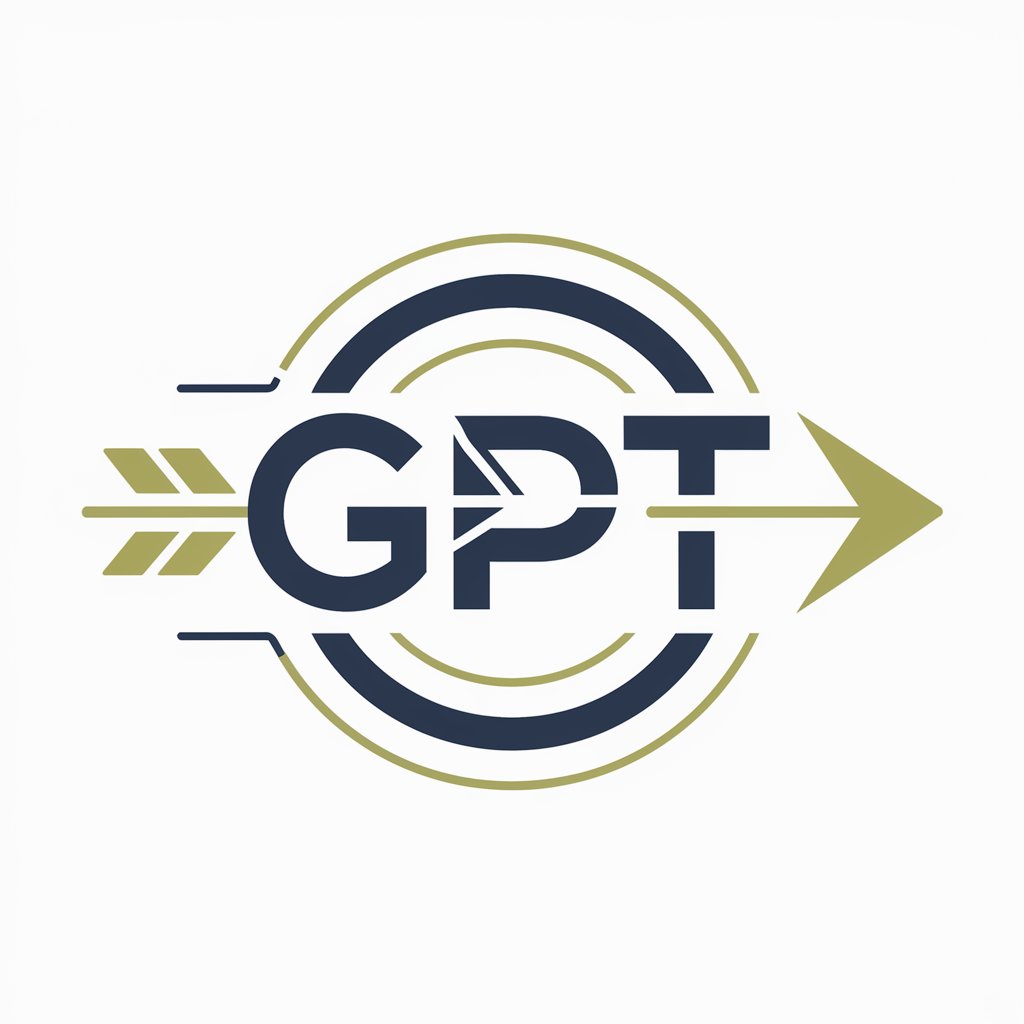
特許図面風イラストメーカー
AI-powered tool for precise patent drawings

AutoExpert (Dev)
AI-powered solutions for seamless workflows

Image Converter - PNG/JPG/JPEG
AI-powered tool for seamless image conversion

论文&课题写作助手 2.0
AI-powered thesis and research writing assistant
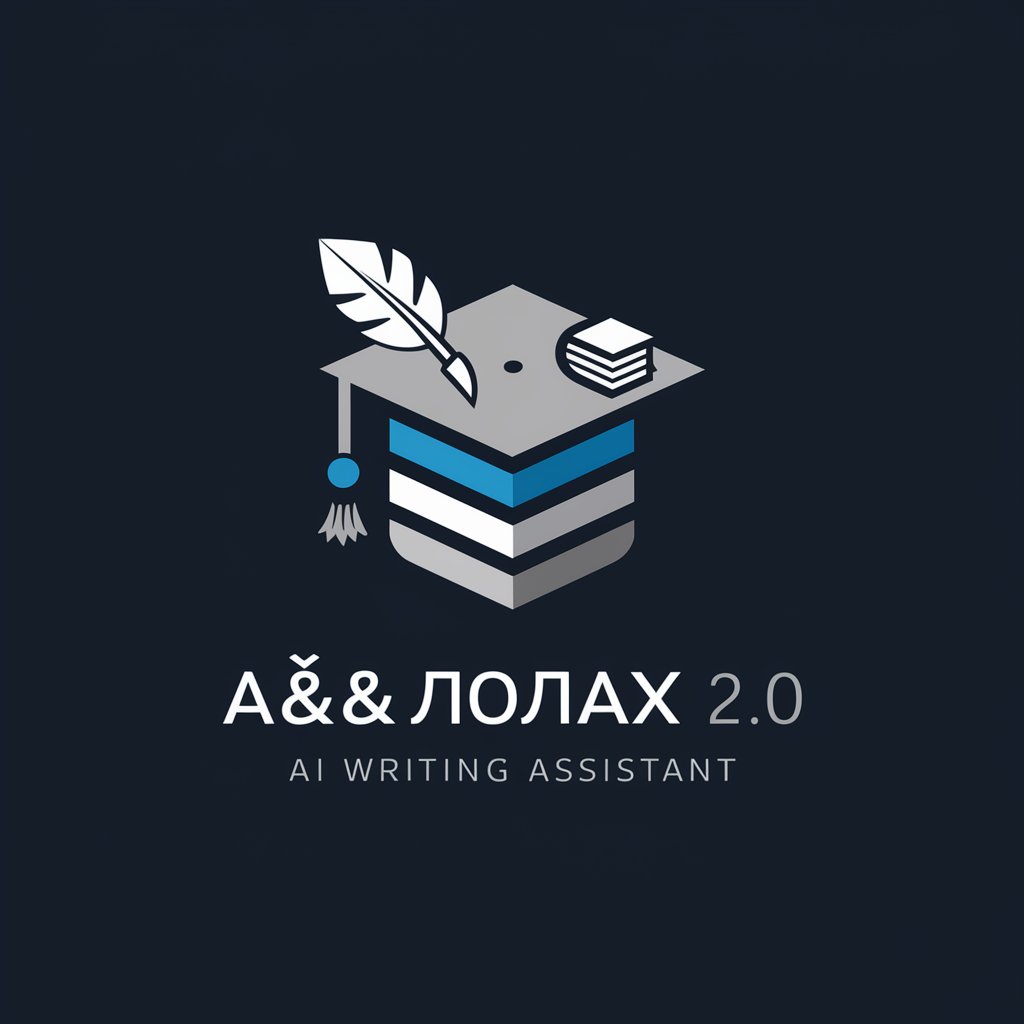
数学解答エージェント
AI-powered math solver that explains solutions

CSV Excel Table Creator
AI-powered tool for instant CSV creation

Best Long-Form AI Writing Tool by Alex Kosch
AI-powered long-form content generation tool.
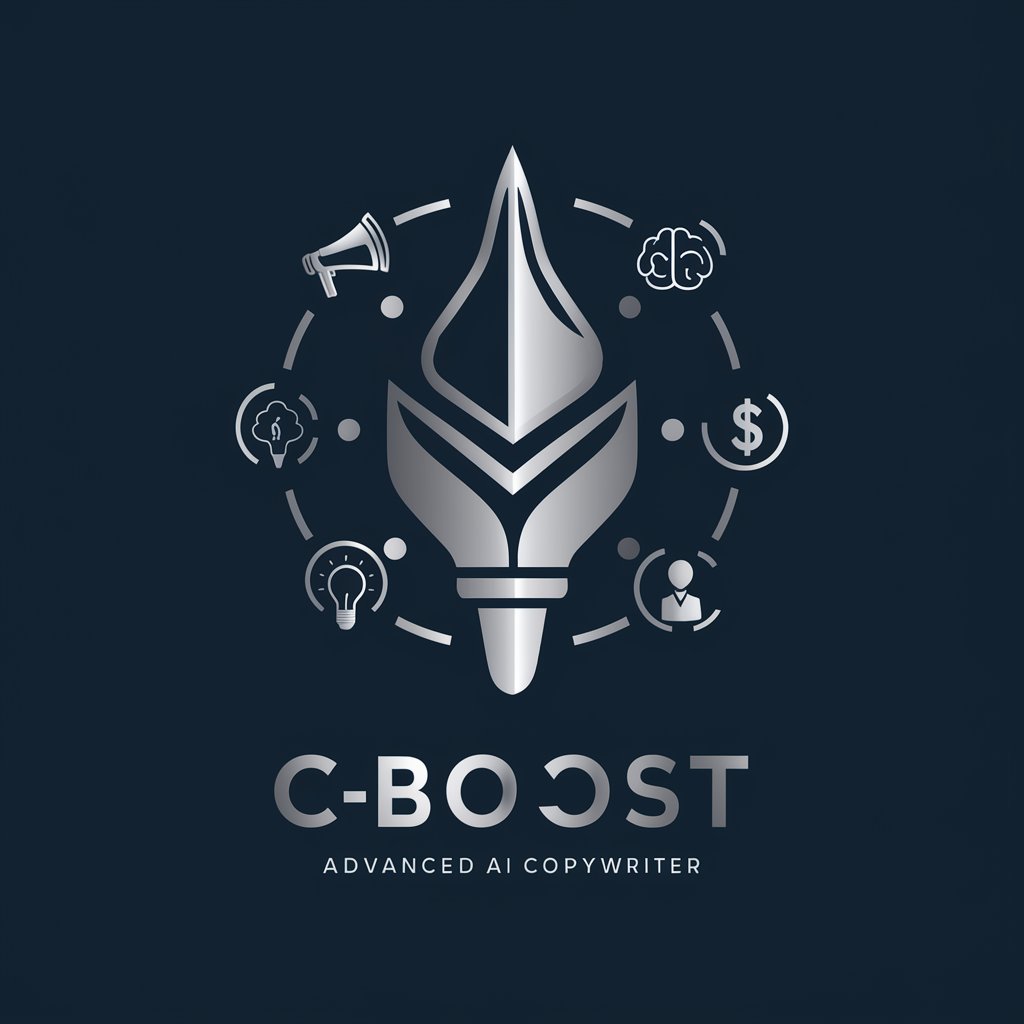
楽天ROOM商品レビュアー
AI-powered insights to enhance your reviews.

- Progress Tracking
- Assessment
- Therapy Plans
- Materials
- Teletherapy
Common questions about Speech-Language Pathologist Helper
What exactly can Speech-Language Pathologist Helper generate?
It creates clinician-focused materials: individualized therapy plans, social stories, articulation and phonology word lists, language intervention activities, stimulus pages, data collection sheets, parent handouts, session scripts, and progress-note templates. Outputs are editable and exportable (PDF, slides, CSV).
Is the tool evidence-based and clinically safe to use?
The tool is designed to reflect established SLP practices and common evidence-based techniques (e.g., minimal pairs, dynamic cueing, scaffolding). However, outputs should be reviewed and adapted by a licensed clinician for each client; the tool augments clinical work rather than replaces clinician judgment.
How does it protect client privacy and data?
Best practice is to anonymize identifying details prior to entry. The platform provides standard security measures for stored data—review the service’s privacy policy for specifics. For sensitive records, keep identifying information offline and paste only necessary clinical descriptors.
Can it handle multilingual clients or complex needs?
Yes — you can specify languages, dialects, and accommodations (AAC, simplified language, visual supports). The tool will adapt materials (e.g., bilingual vocabulary lists, picture supports, simplified syntax). Clinician review is important to ensure linguistic and cultural validity.
How does it fit into a busy SLP workflow?
Use it to rapidly draft session materials, generate homework, and produce progress-note templates. Export formats let you bulk-print client packets or upload CSVs to record-keeping systems. Pairing the tool with workflow platforms like slp.tools speeds scheduling, measurement, and documentation.

